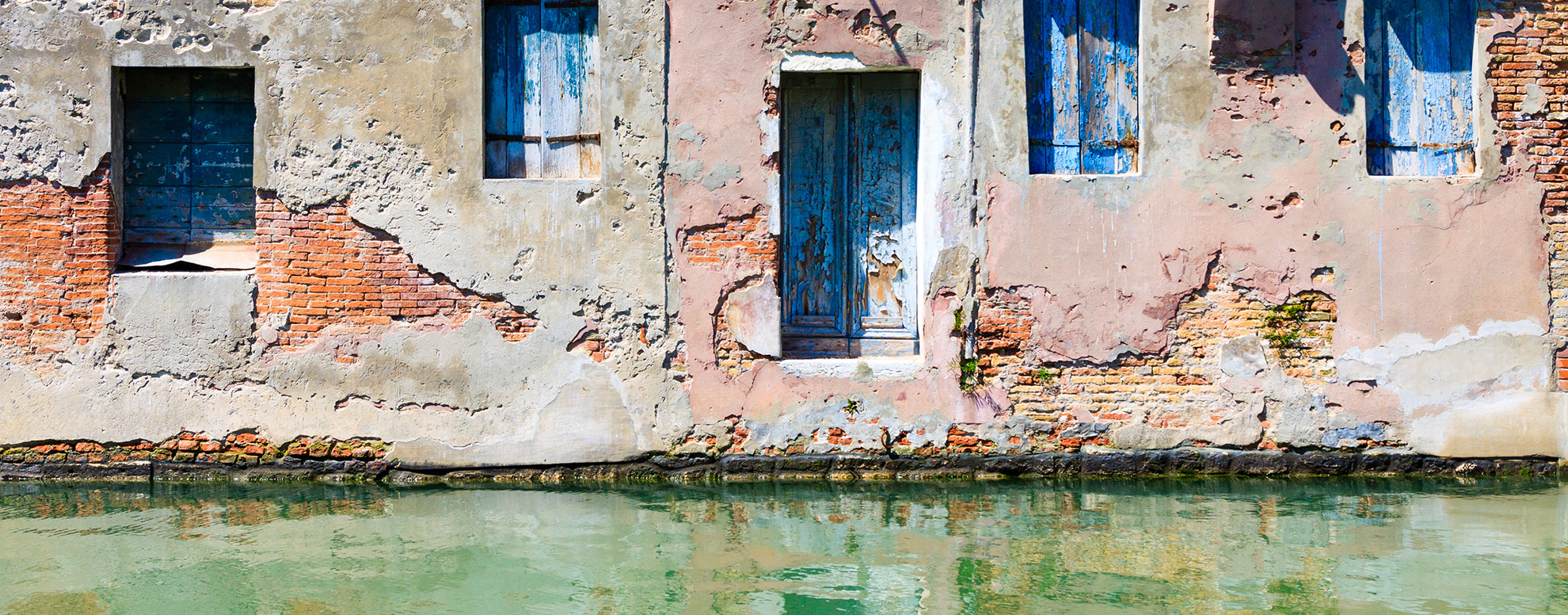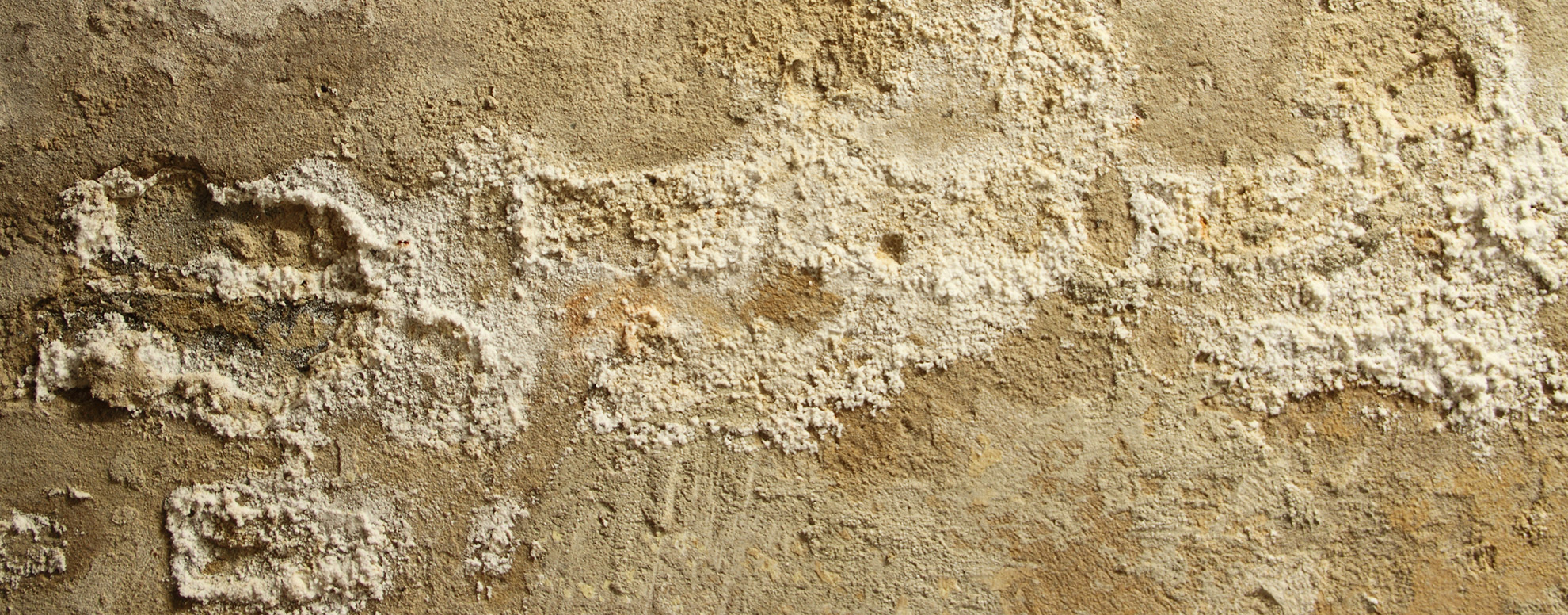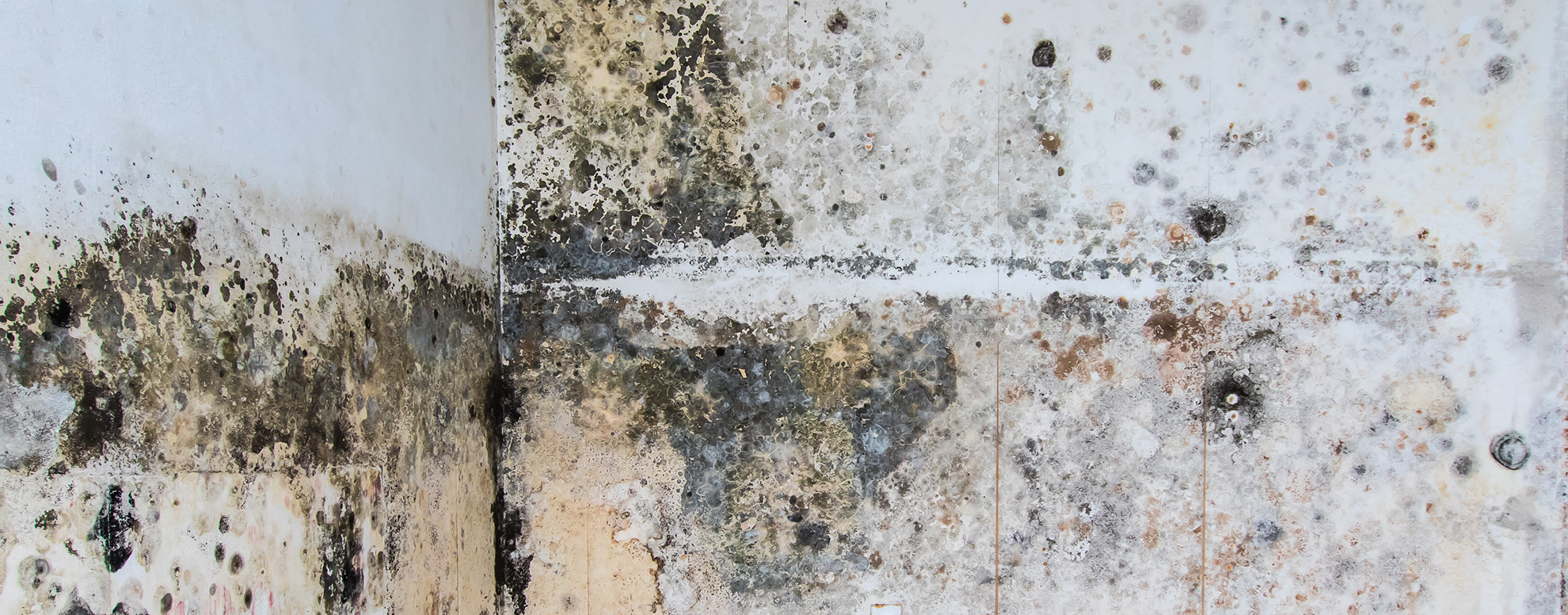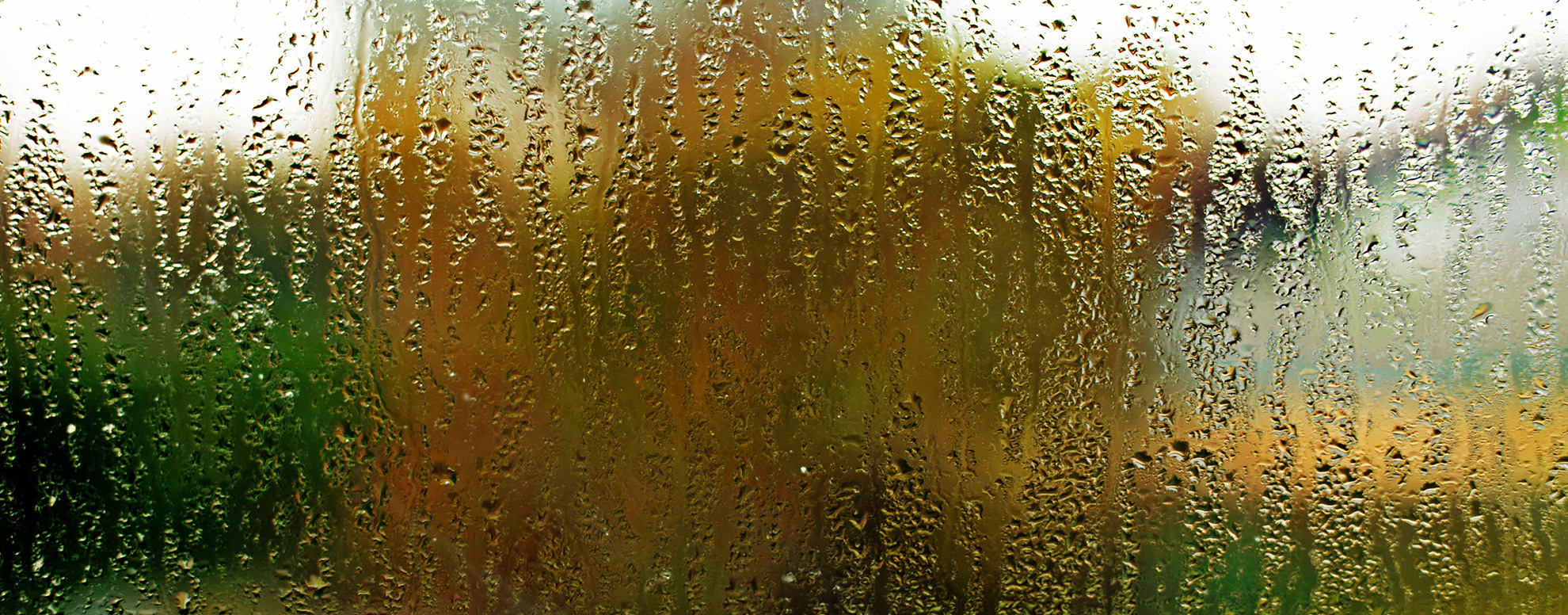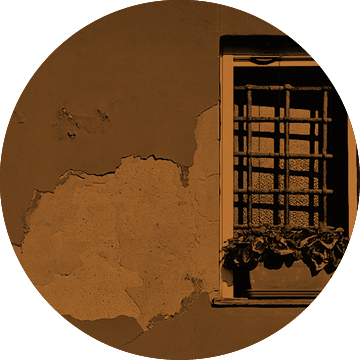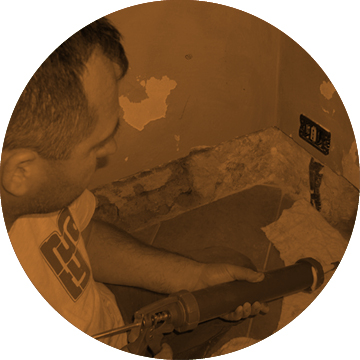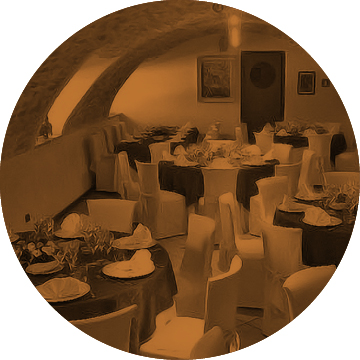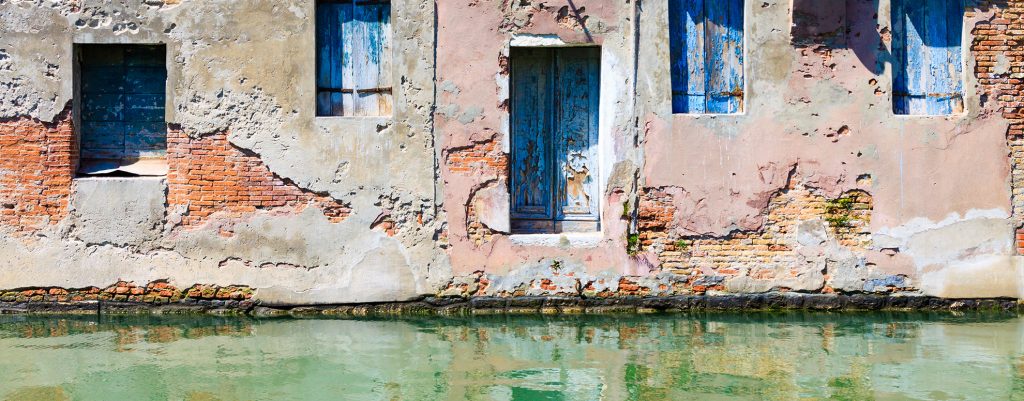
Molds, saline efflorescences, detach of plasters and paints, bad smells, etc…
EVERYTHING ABOUT RELEASING CAUSES OF HUMIDITY IN MASONRY AND SOLUTIONS TO BE ADOPTED TO SOLVE THEM
problem
The problem of damp walls in buildings, both old and newly built, has always been and still is one of the most frequent and difficult problems to solve.
Plasters, coatings and paints that lose coherence and detach, wet stains at various heights from the pavement, saline efflorescence, the presence of mold and moss, are the effects that can be perceived visually, as well as the unpleasant smells deriving from the unhealthy air produced by these walls are the olfactory effects.
If the sensory effects concern the aesthetic and functional aspect of damp walls, the quality of the unhealthy air produced in the environments confined by them, defined by physical components, chemical compounds and microorganisms, can often lead to human health problems: infections of various kinds and allergic reactions that can even be toxic due to the release of harmful products.
solution
Assuming that each home has its own characteristics and that for this reason each humidity problem is different from the other, it is impossible to solve the problem of the humidity of the walls with generic or randomly chosen products.
From here, except in obvious cases, generic visual inspections only can hardly establish the certain cause of the problem in order to arrive at the correct solution.
The definitive solution is therefore to be found only in the synergistic action of specific restorative systems and products, sometimes combined with particular electrophysical equipment.
If the physical/chemical characteristics of these products and the application of these technologies were even prescribed by companies specialized in the preliminary diagnostics of these problems, the humidity of the walls would be forever solved.
advantages
With over 30 years of experience in the specific field of wall humidity in buildings, with OPUS DRY Azichem intends to help the user to “navigate” in the complex world of direct and indirect humidity damage, describing the specific methods and tools for the preliminary diagnostic investigation on the triggering causes (generally contact, electromagnetic, carbide hygrometers, infrared cameras and “portable” mobile laboratories); liquid products specifically designed for their prevention and/or elimination (chemical barriers in aqueous solution, with indication of suitable pneumatic or electric pumps); powder products and finishes (rough coatings, macro-porous plasters and skim coats, breathable water-repellent paints and microplasters); electrophysical equipment (electromagnetic field inverters, dehumidifiers, air purifiers) and much more to complete the picture.
